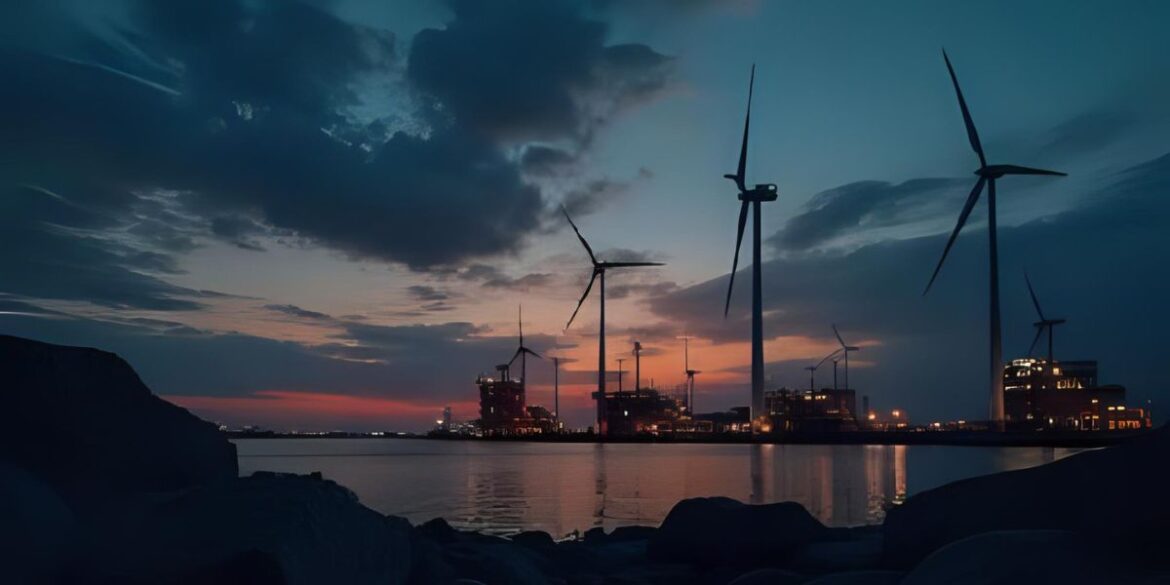During the final week of May, global oil prices retreated amid shifting market dynamics and broader economic concerns. Brent crude settled around $63.90 per barrel, while West Texas Intermediate (WTI) hovered near $60.79. These declines came as OPEC+ hinted at potential output increases, fueling investor expectations of a near-term supply surplus. The market response suggested a rebalancing, with traders recalibrating their positions in anticipation of increased production and a weakening demand outlook.
Contributing to the subdued sentiment were indicators of continued global economic deceleration. In particular, first-quarter U.S. data underscored tepid growth, reinforcing expectations that energy demand might remain soft in the months ahead. These economic signals helped moderate price volatility, offering a more stable backdrop for energy traders but also pointing to underlying vulnerabilities in the global recovery.
Meanwhile, Australia made headlines with the unveiling of its Future Made in Australia initiative, a sweeping industrial strategy aimed at transforming the nation into a battery manufacturing hub by 2035. Central to this vision is a comprehensive national battery strategy designed to secure critical supply chains and establish a robust domestic lithium-ion battery industry. The strategy includes substantial investment in mapping critical mineral reserves and expanding green metal processing capabilities. It reflects a broader policy pivot toward renewable technology and value-added manufacturing in Australia’s evolving economic landscape.
This strategic move by Australia aligns with a growing global trend. According to the International Energy Agency (IEA), about 60% of power-capacity auctions conducted in 2024 have emphasized non-price criteria such as environmental impact and system resilience. This marks a departure from traditional cost-focused frameworks, highlighting the increasing importance of sustainability and energy security in procurement decisions. Such criteria indicate a fundamental reshaping of how nations are planning and executing their energy transitions.
The concurrent developments in fossil fuel and renewable sectors illustrate a pivotal shift in global energy policy and investment. On one hand, oil markets appear to be entering a phase of recalibration, with supply potentially outstripping demand. On the other, countries like Australia are accelerating their commitment to clean energy infrastructure, driven by geopolitical, economic, and environmental imperatives.
As energy stakeholders adapt to these trends, the balance between traditional fossil fuels and emerging renewable technologies is being renegotiated. The cooling of oil prices alongside aggressive renewable strategies points to a future where energy resilience and sustainability take precedence over short-term market fluctuations.

